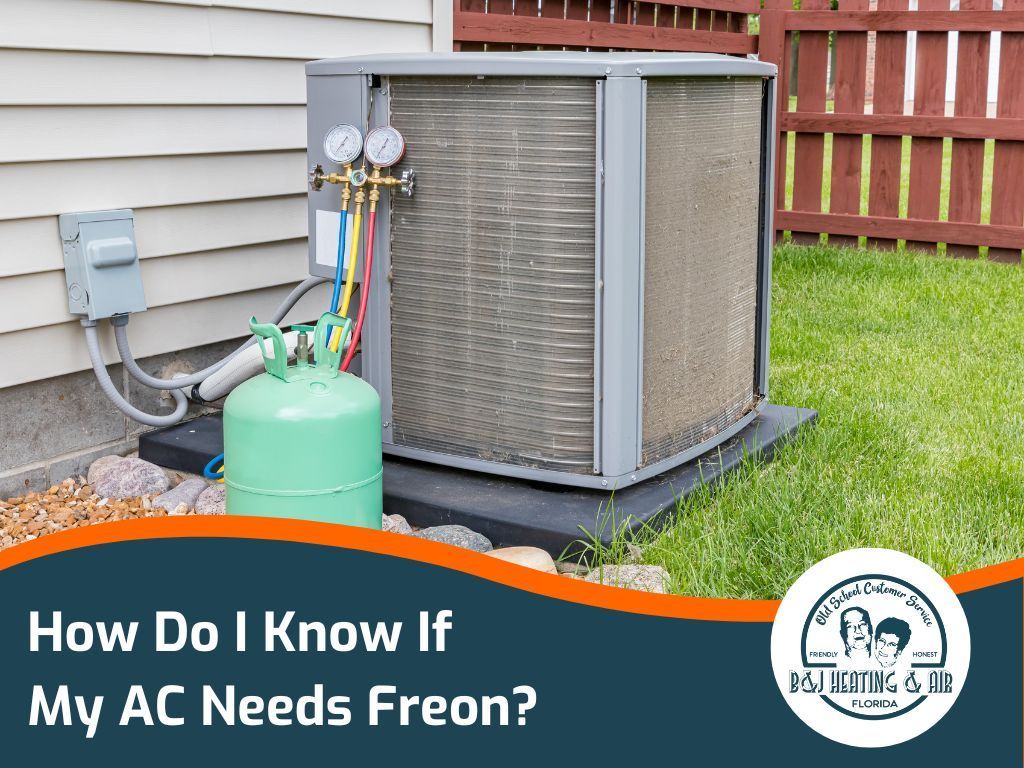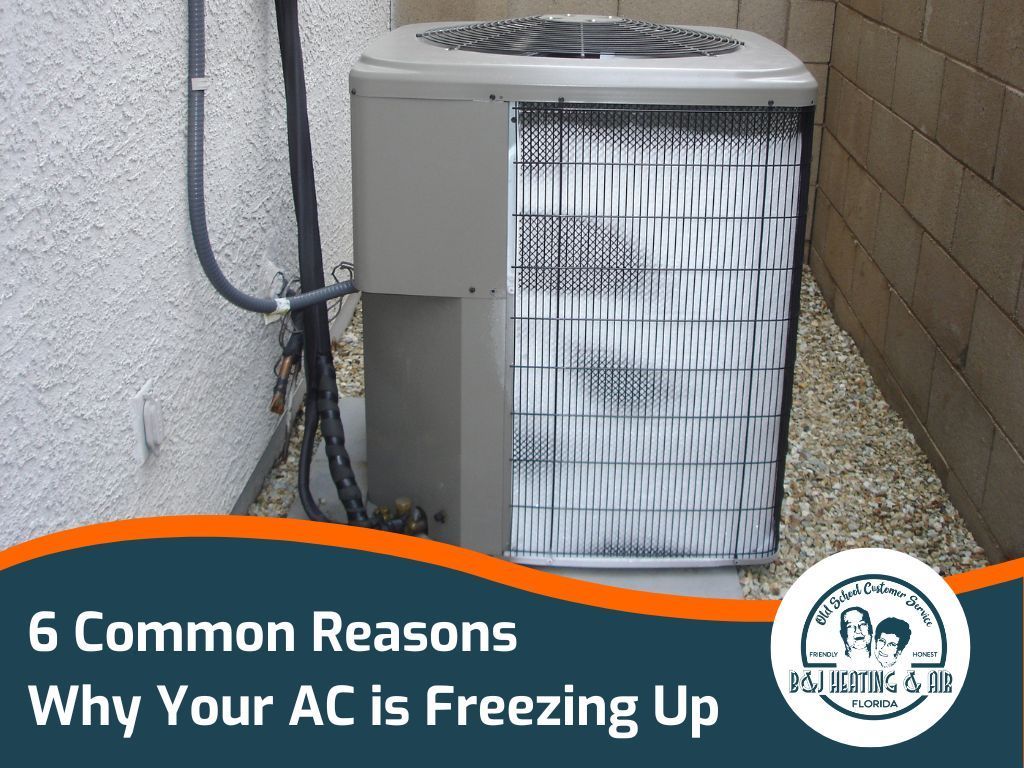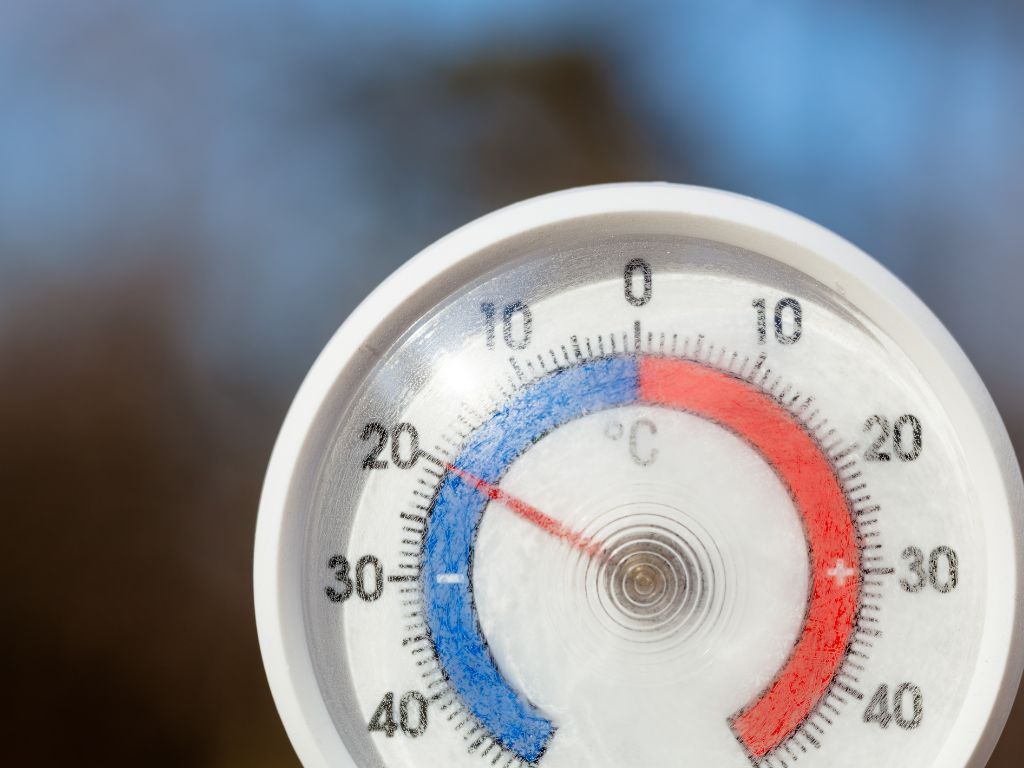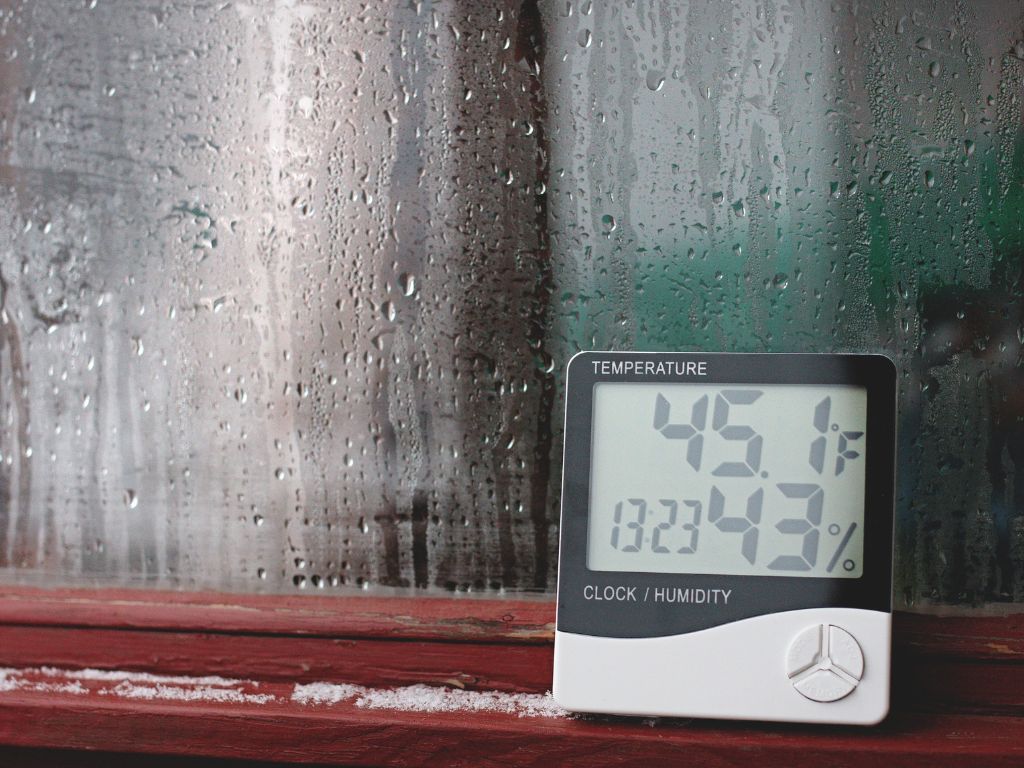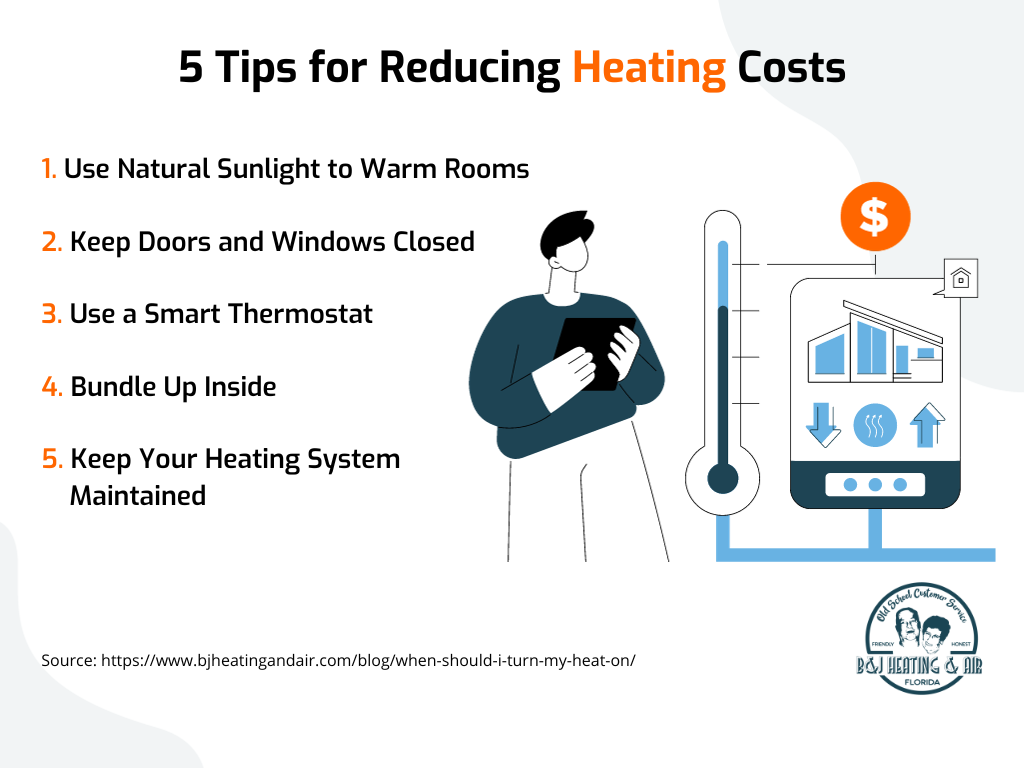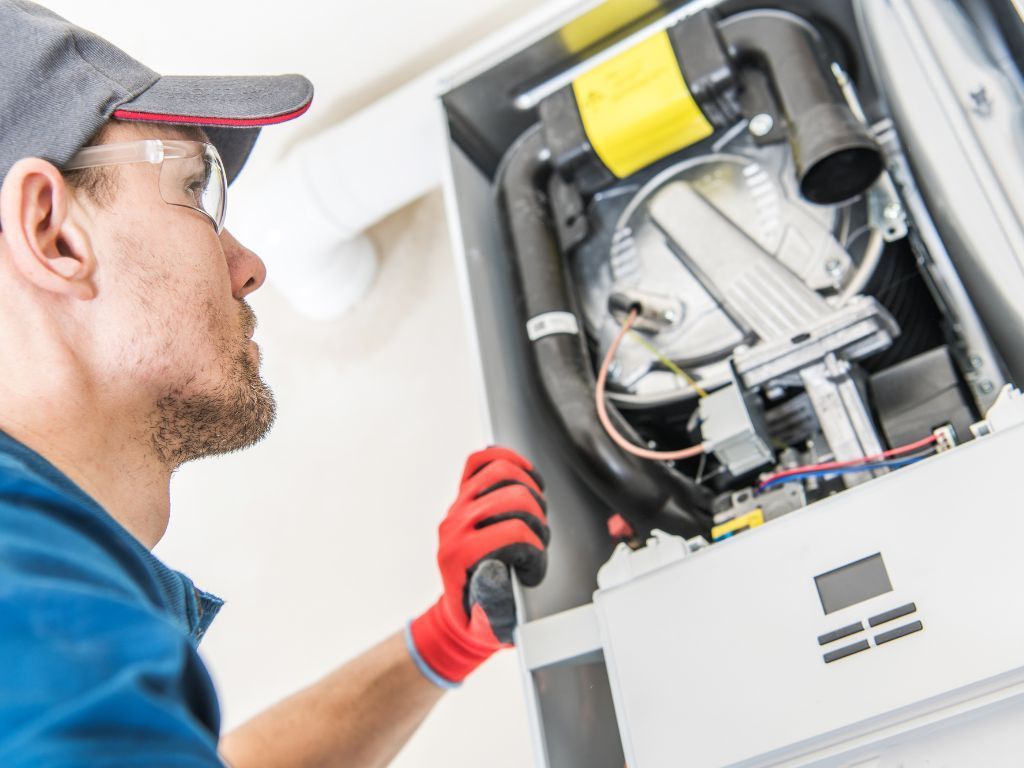When Should You Turn Your Heat On?
As the temperature starts to drop and the leaves begin to fall, one of the questions that comes to mind is, “When should you turn your heat on?”
It’s a common dilemma faced by many homeowners every year. Some people wait until their teeth start chattering before they finally give in and switch on their heating systems, while others turn their heat on at the first sign of cold weather. After all, heating your home costs more than any other energy expense , so it’s natural to want to save a few bucks by delaying turning your heat on.
So, what’s the right answer?
The truth is, there is no one-size-fits-all answer to this question. However, there are a few things you should consider before making the decision.
In this article, we’ll discuss some factors that can help you determine when it’s time to turn on your heat. So, let’s dive right in!
Signs That It’s Time to Turn the Heat On
There are a few tell-tale signs that indicate it might be time to turn your heat on. Here are some of them:
1. Drop in Outdoor Temperatures
The biggest indicator that it’s time to turn your heat on is when the temperature outside drops significantly. According to the US Department of Energy, most homes are comfortable at a temperature range of 68°F to 70°F. So, if the outside weather starts to bring your home’s temperature below this range, it may be time to switch on the heat.
However, it’s important to note that this may differ from person to person. For instance, elderly people and infants may feel more comfortable in a warmer environment, while others may prefer a cooler temperature. So, pay attention to how you and your family members are feeling at different temperatures, and adjust accordingly.
2. Unusual Seasonal Weather Patterns
Another factor to consider is the weather patterns in your area. While some places may have a steady drop in temperatures as winter approaches, others may experience more unpredictable weather changes.
In these cases, be prepared and turn on the heat when necessary and off when it’s unnecessary. This will help keep your home at a comfortable temperature and prevent any sudden spikes in your heating bill.
3. Changes in Humidity Levels
Apart from temperature, humidity levels can also play a role in determining when to turn on your heat. Humidity refers to the amount of moisture present in the air and can significantly affect how we perceive temperature.
Dry air can make a room feel colder, while high humidity levels can make it feel warmer. So, if you notice a significant change in humidity levels, it may be time to turn on or adjust your heat to maintain a comfortable living environment.
Determining the Right Temperature
While these factors can be helpful in deciding when to turn on your heat, ultimately, the right temperature will depend on personal preference.
The key is to find a balance between comfort and energy efficiency. Setting your thermostat too high can result in unnecessary energy consumption and higher heating bills. On the other hand, setting it too low can lead to discomfort, especially for young children or elderly family members.
It may take some trial and error to find the perfect temperature for your household, but once you do, it’s important to stick to it. Consistency in temperature can help regulate your energy consumption and keep utility costs down.
5 Tips for Reducing Heating Costs
Aside from being mindful of when to turn on your heat, there are other ways to reduce heating costs during the colder months. Here are a few tips:
1. Use Natural Sunlight to Warm Rooms
During the day, open curtains and blinds to allow natural sunlight into your home. This can help warm up rooms without using any energy from your heating system.
2. Keep Doors and Windows Closed
This may seem obvious, but make sure all doors and windows are closed tightly when using your heating system. Any cracks or gaps can let cold air in, forcing your heating system to work harder and use more energy.
3. Use a Smart Thermostat
Smart thermostats are becoming increasingly popular for their ability to adjust the temperature automatically based on your schedule and preferences. They can also provide valuable insights into your energy usage, helping you make more informed decisions to cut costs.
4. Bundle Up Inside
When it comes to staying warm inside, layering up with blankets and wearing warmer clothing can help reduce the need to crank up the heat.
5. Keep Your Heating System Maintained
Regular maintenance of your heating system can ensure it is running efficiently and not using unnecessary energy. This includes changing air filters, cleaning vents, and having routine professional inspections.
Conclusion
As you can see, there are many ways to reduce heating costs and be more mindful of your energy consumption. By following these tips and being aware of your heating habits, you can keep utility costs down while still staying warm during the colder months.
In need of a heating specialist in Largo and nearby cities in Pinellas County, Hillsborough County, and the Upper Manatee and Lower Pasco areas? The team at B&J Heating and AC is here to help! Our experts can provide maintenance and repair services to keep your heating system running smoothly when you need it the most.
Contact us today or call (727) 281-8718 to learn more about how we can assist with your heating needs.
